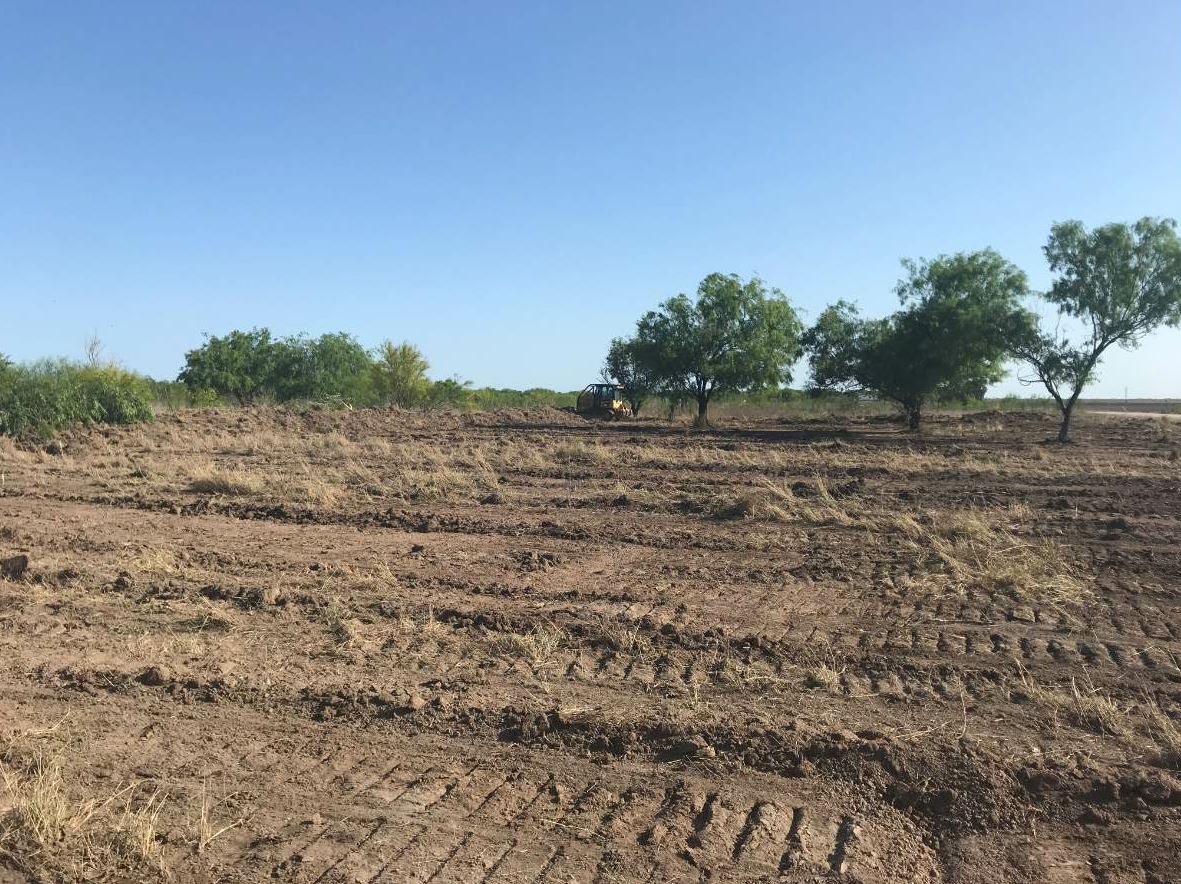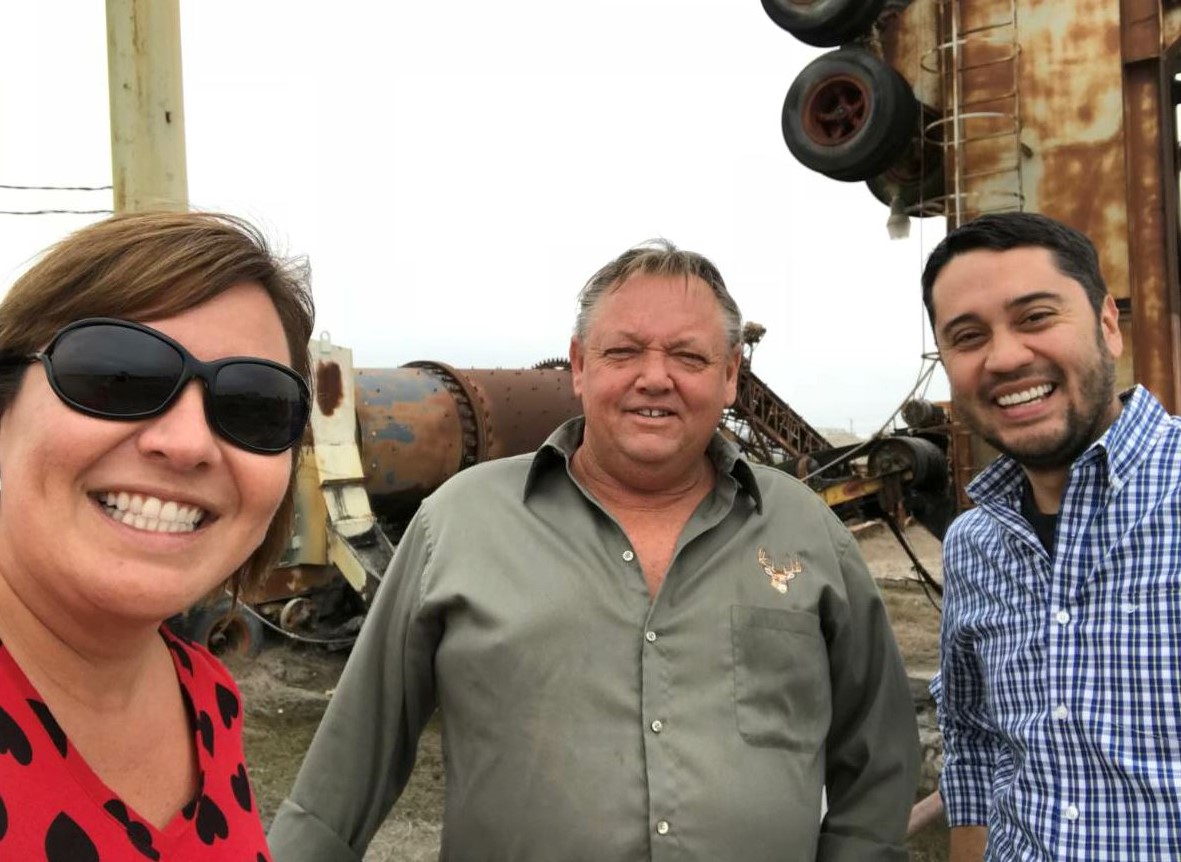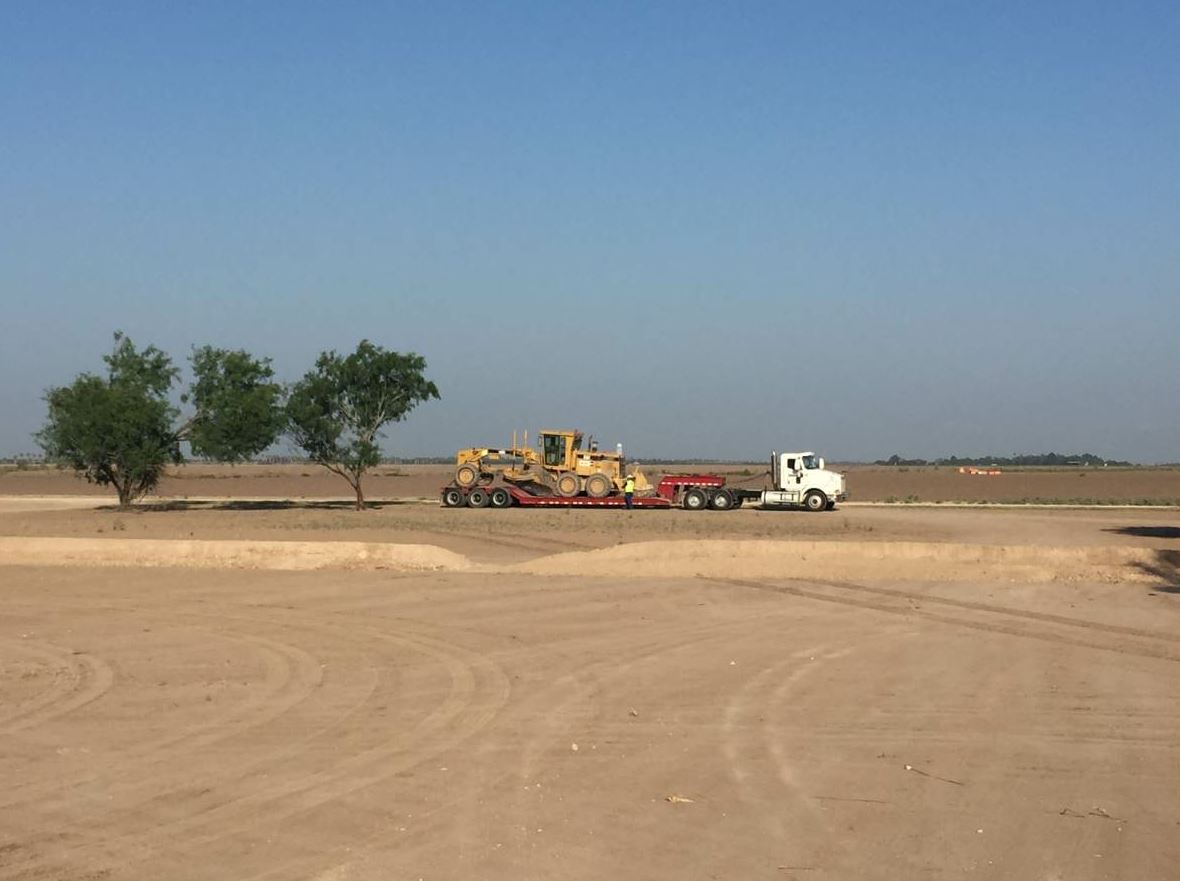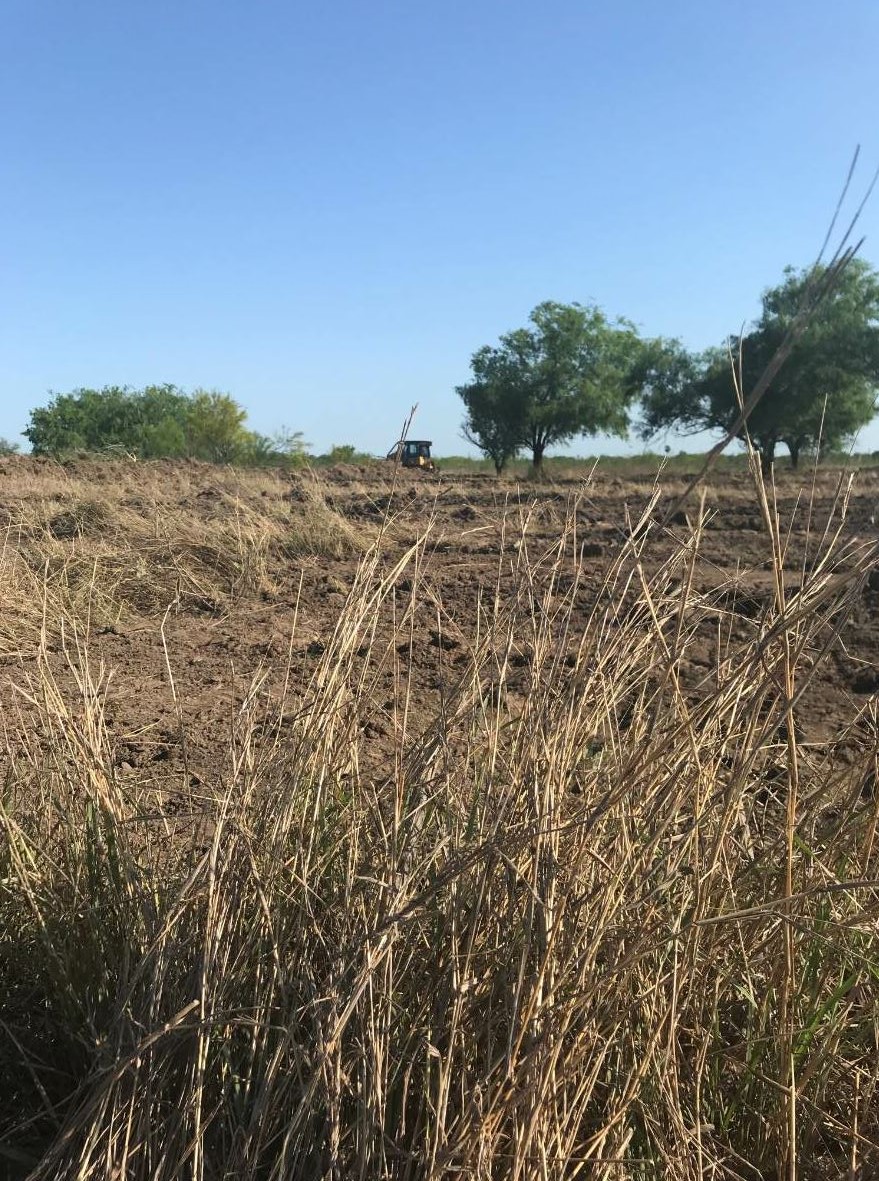
Although the logical next step to setting up a plant might be to establish financing, completing the loan application required knowing what plant they’d be buying (and what it would cost), as well as where it would go (and what that property would cost).
One of the first things Texas Cordia’s CEO Yara Corbitt and COO Isaac Heredia did after decided to open their own asphalt plant–after a celebratory high-five–was reach out to Heredia’s contacts in the industry.
“He knows individuals working at plants, on plants, etc., and, with their help, we started figuring out what this would cost,” Corbitt said. They established pretty quickly that they wouldn’t be able to afford a $2 million new plant, so they began browsing for the right used plant.
Simultaneously, the pair was also working with their bank to secure financing for the new plant, which we’ll discuss in the next blog post.
Finding the Perfect Plant & Property
Retired plant operator David Cline turned out to be integral to the process of finding the perfect plant. “He’d been in the hot mix industry forever,” Heredia said.
After agreeing to help them find the right pieces, Cline began his research.

From left: Yara Corbitt, David Cline, and Isaac Heredia
“I wanted a new hot mix plant because then it’s perfect from day one, but we realized we couldn’t afford that and changed directions to find an older plant that still made good mix,” Corbitt said. “We took a similar approach to what we did when we started our construction company. We looked equipment that wasn’t brand new, but could get the job done.”
Cline began sending them information on a number of options, as well as directing them on additional variables to consider. For example, a plant that cost less might cost more when you include transportation fees, or how much it might cost to upgrade an older plant, and more.
“Being able to explain our ultimate goal to David, and him saying to get there we need X, Y and Z was vital,” she added. “Having that ultimate goal in mind was very important, even if we couldn’t achieve everything right away.”
While Heredia and Corbitt visited options in the area, Kline traveled to see a few others as far away as Oklahoma and Minnesota.
“That was invaluable,” Corbitt said. “He could go inspect it first and use his expertise to let us know if it was worth us venturing out that far.”
They team began visiting plants in mid-January, but they didn’t find one that suited their needs until mid-February.
Cline had known of a company with an older plant that was still producing good mix. He thought they would probably never sell the plant, but figured there was no harm in asking. A couple weeks later, the company came back with a counter offer.
They visited the Barber Green plant in Corpus Christi, Texas–the fifth plant they visited–on Valentine’s Day. It was love at first sight.
“We got really lucky,” Corbitt said. “It was a total shot in the dark, and we ended up with a plant with a great reputation of producing good mix.”
What made the plant a perfect fit–in addition to its reputation–was that it could grow with the company and its production goals.
“The plant we chose isn’t too big and it’s not too small,” Heredia said about their new find.
“It’ll meet our production needs for the next 15 to 20 years just by adding a silo here or a cold feed bin there.”
“It’s really a versatile plant that we can tweak to meet our needs,” Heredia said about the Barber Green plant, capable of producing 250 tons per hour.
“My advice is, if you aren’t an expert yourself, is to find an expert,” Corbitt said. “Everyone says, ‘You need this and that, and they’ll cost you an arm and a leg,’” but, she adds, “we had David [Cline], who knew what we really needed and how much it should cost.”
The pair closed on the plant on April 3, only one week after closing on the property upon which they would put the Barber Green plant.
Location, Location, Location
Originally, Heredia and Corbitt had planned to rent a property near their office, but as time went by, they realized 5 or 6 acres wouldn’t be enough to support their future growth.
“We thought we might regret that choice if we end up growing in the next 3 to 4 years, which we think we will,” Heredia said. So, they reached out to a real estate agent Corbitt knew on February 8.
Almost immediately, the real estate agent returned with a handful of property options, one of which turned out to be perfect: 15 acres in a prime location, centrally located, with great access to the freeway, within their budget and only 10 miles from the company’s main office.
“The stars aligned and everything fell right into place,” Corbitt said.
Starting the Plant Permitting Process
Even though they couldn’t complete their plant permit until having the plant and property nailed down, Corbitt and Heredia had already begun filling out the plant permit as much as they could.
“We can’t pull the trigger [on the permit] until the property and the plant are ours, Corbitt said.
Stay tuned for the next chapter of Texas Cordia’s process of establishing their first asphalt plant: financing.

